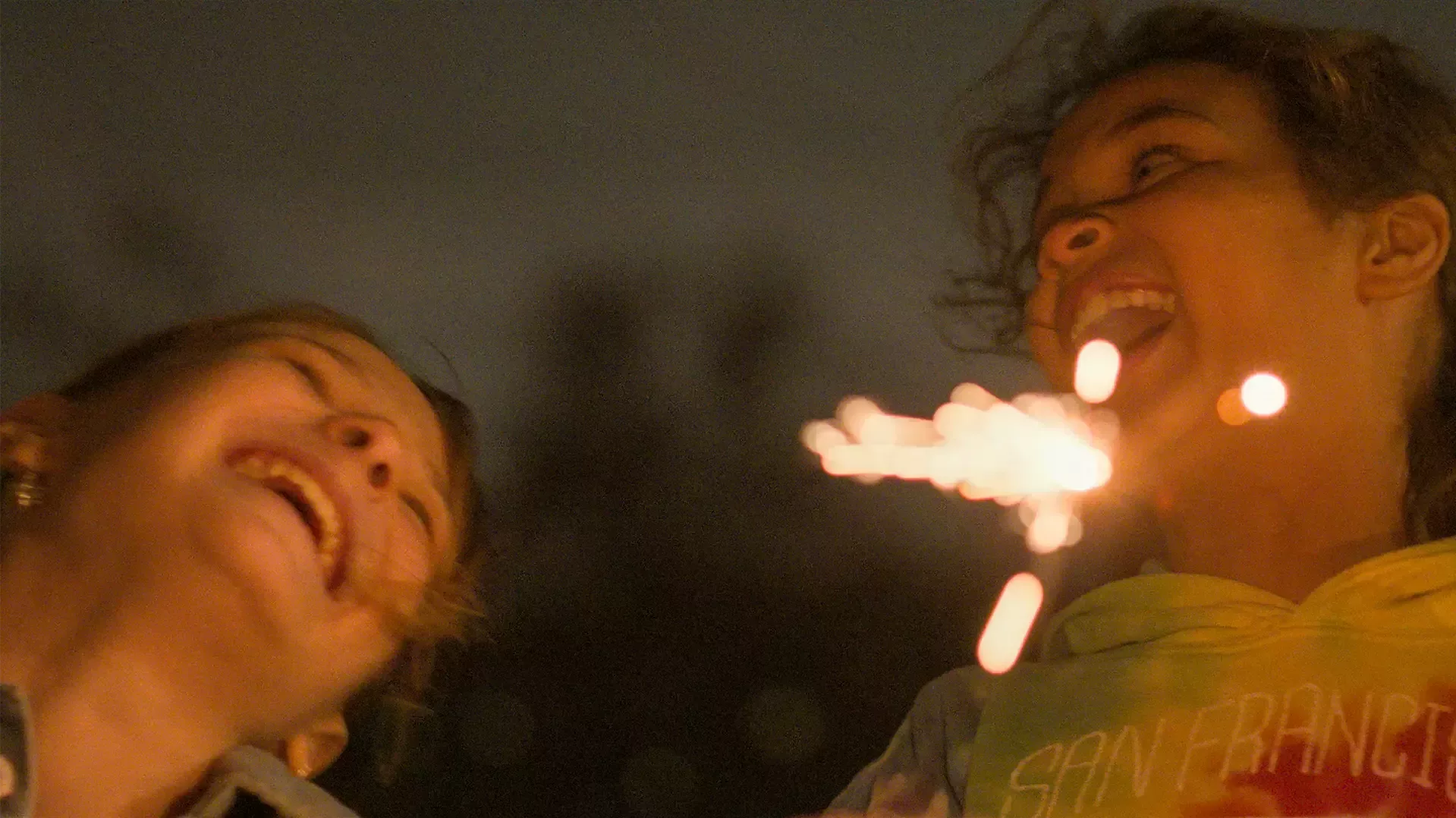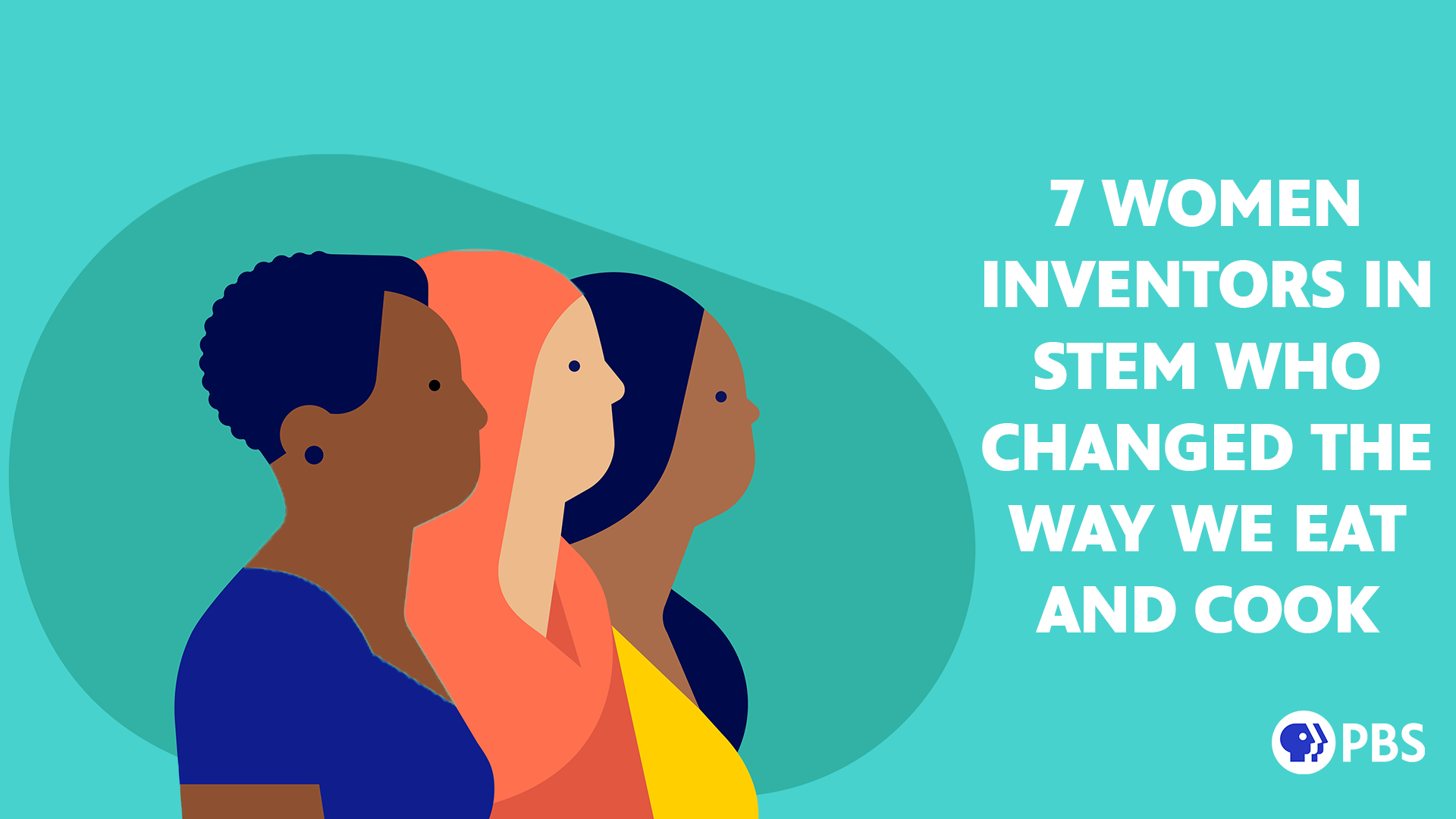A Brief History of the Future: What It Means to Be Human
In a world where we seem to have less and less in common with our neighbors, it’s crucial to focus on what we share. So, here’s an easy one: We’re all human.
But wait — what does that mean? Beyond the biological definition of the species, do any two people really have anything in common just because they’re both human? What does it take to “be human,” anyway?
These questions are at the heart of “A Brief History of the Future,” a unique PBS documentary series hosted by renowned futurist Ari Wallach. Ari unites perspectives from different fields, professions, geographic locations and walks of life to explore “being human.” From art to architecture, there are plenty of ways to think about our shared humanity and what that means for the future we’re building together.
Here’s a look at how “A Brief History of the Future” answers questions our species has been asking since the very beginning.
Past, Present and Future You
“A Brief History of the Future” deals with more than just the definition of humanity. It also looks at how that definition changes over time — and why it will play a huge role in shaping our shared future. Perhaps the easiest way to get your head around this is to make it personal. Really personal.
That means thinking about three versions of yourself: who you were, who you are and who you could become.

In the show, Ari explores why these three identities — all of whom are entirely you — can feel like separate people. It’s a concept sometimes called “temporal dissonance,” and it’s been used to make sense of issues ranging from climate change to IT project failures. Part of the idea is rooted in social neuroscience and the discovery that your biology enables you to tell the difference between what’s you and what’s not you.
As Ari discovers in Episode 1, a certain part of the brain — the medial prefrontal cortex — activates when you think about yourself. But when asked to think about their future selves, participants in a neuroscientific study showed less activity in this cortex. In fact, those results had more in common with thinking about an entirely different person.
What does that say about your perception of identity? If you think of your future self as being someone else, you might make different decisions about their well-being. That can have a huge impact on the person you become — not to mention the people around you.
That’s part of another concept: long-term thinking. In the show, Ari handles this idea from the perspective of a futurist, considering what can happen when we expand our definition of humanity to include people and experiences that may not exist for years or even decades. Long-term thinking can help bridge the gap between present and future you — but it isn’t the only way to understand what “being human” really means.
Humanity as a Work of Art
When Ari was young, he loved looking at his mother’s paintings. He remembers thinking of them as completed works — art that’s been framed, placed on the wall and left to be admired. But his mother didn’t see things the same way. Instead, she would revisit her old paintings, adding elements that sometimes inherently changed the original work.
Artists know the feeling well: As you experiment with your craft, you learn new techniques and see things differently. That means you can go back and add depth that never existed before — not necessarily because you were incapable of it but because you hadn’t yet had the experiences that shaped or illuminated that part of your brain.

Ari applies this same concept to the meaning of humanity. If we think of ourselves — whether individually or as a species — as completed art, we can never expand beyond what’s already on the canvas. We’ll always be trapped in a frame. However, if we go through life with the understanding that what we’re learning can build on what we’ve already accomplished, we can exist in a constant state of discovery, creation and evolution. You don’t have to start a new painting for every version of yourself; just wash your brush and jump in with a new color, technique or pattern.
Iterative Progress
Throughout “A Brief History of the Future,” Ari explores human progress in different ways — often as iterations or repeated processes. You might be most familiar with this concept in technology, where devices and software progress in “versions” that get a little better every time. In this way, the software developers — or, in this case, all of humanity — can learn from mistakes, build on historical knowledge and make targeted improvements.
When we view our species through an iterative lens, it’s easier to identify historical patterns. Which problems are consistent across every new version of ourselves? This helps us see issues we might not have uncovered yet — or even issues we thought we’d solved but that continue to impede progress.
In many ways, this perspective isn’t so different from looking at humanity as a work of art. However, there are some important variations, and it all comes down to the language itself.
If you look at human progress iteratively, you’re focusing on the differences between versions — a pragmatic, perhaps almost mechanical approach. If you look at it as a work of art, however, you’re likely more focused on creation and exploration. Both are valid ways to define the human experience, but neither exclusively captures the breadth of our experiences.
Cathedral Thinking
Cathedral thinking isn’t just a metaphor. To introduce viewers to this concept, Ari explores the history of real cathedrals that have grown over time. He learns that these structures often started comparatively small and grew outward as the surrounding society flourished — and as new materials, methods and technologies evolved. Here, the past and future exist simultaneously as physical architecture.
But what does that mean about the architects who began these projects? They started something they wouldn’t live to see completed — something that would benefit others instead of themselves.
Of course, there’s more to the story than that. These architects weren’t just laying the groundwork for forthcoming generations; they were also counting on the people of the future to pick up where they left off. It’s a project that connected societies through time by asking one group to trust another even though the latter may not have been born yet. On the other hand, younger generations were also tasked with combining new discoveries with sometimes age-old intentions.
In “A Brief History of the Future,” Ari explores this concept in a modern context by looking at sustainable energy practices. The experts behind these long-term projects know that their work will benefit the world for generations to come; they’re not slowing down just because they may never get to see the fruits of their own labor.
Rise of the Machines
It’s easy to see why artificial intelligence (AI) could raise questions about the definition of humanity, particularly when researchers can already tell that these systems learn bias from us — and we learn it from them. But AI isn’t the only technology starting these conversations.
In “A Brief History of the Future,” Ari explores many applications of body-connected tech, including a “third thumb” you can attach to your hand and control with your toes. Though they may be designed to move like us, these machines certainly aren’t human — but the people using them are. That means our definition of humanity must extend beyond the biological limitations of our bodies and brains.
As Ari discovers first-hand, technology can help us do things we may never have achieved alone. However, it also forces us to ask questions about what sets us apart from the systems and machines we use every day. So much of what it means to be human is based on what we’re capable of — which means our understanding of ourselves evolves as we create new methods of augmentation.
While this idea may seem like science fiction to some, it’s already a reality for others, and it has been for a long time. After all, some of our most familiar inventions, though not considered “technological,” are in the same category. Hearing aids, wheelchairs, glasses and even dentures are just a few tools we already use to help our bodies do certain things, and none of these items makes us less human.

Still, there’s a key difference here: These tools help us do what other people can do. Systems like AI and third thumbs, on the other hand, add entirely new abilities to the human repertoire. Previous definitions of humanity may have stopped at what we’re capable of, but today, we also need to think about what our creations make us capable of.
Conversations That Matter

Ari spends much of “A Brief History of the Future” showing viewers that, one way or another, humans are hardwired for storytelling. For example, we’re the only animals that can blush — not to mention one of the few primate species with uniform “sclera,” or the whites of the eye. As the show explains, displaying our feelings is built right into our biology.
To Ari, this is a huge part of our shared humanity and the future we’re collectively creating. We’re a species designed to communicate even without language, making us natural-born storytellers and team players. That tells us a lot about being human — but it’s also an important consideration for progress.
For example, Ari visits groups of citizens discussing social issues and collaborating on solutions. This is just one of many ways we’ve found to put our cooperative inclinations to work. Other examples include government structures, urban planning and crowdfunding. Although countless forces are driving us apart, so much of what we’ve already done — and what we’re planning to do — is based on shared understanding and trust.
Here’s another way to think about it: You’re built to communicate. That’s because everything we do is part of an ongoing conversation that began when our species did. You communicate with your word choice, vocal tone, facial features, body language, clothing selection, hairstyle and more. You exist in conversation with every movie you’ve ever watched and book you’ve ever read. No matter what you do, you’re telling part of your story to the outside world — and the world is influencing you right back. Naturally, this means the future is similar to a story 8 billion people are telling over one big campfire.
Through this lens, humanity is all about being defined, shaped, changed and challenged by our own interconnectedness. We are what makes us human.
The Future at Your Fingertips
As a professional human and futurist, Ari is the perfect guide through all of these perspectives and more. He talks to people from around the world to find out if there are reasons to be optimistic about the future of our species — and some of the best answers hide in unexpected places.
Want to learn more about what it means to be human and how that impacts an increasingly complex future? Start watching “A Brief History of the Future” on PBS and join the global conversation!
Watch A Brief History of the Future

The best of PBS, straight to your inbox.
Be the first to know about what to watch, exclusive previews, and updates from PBS.


